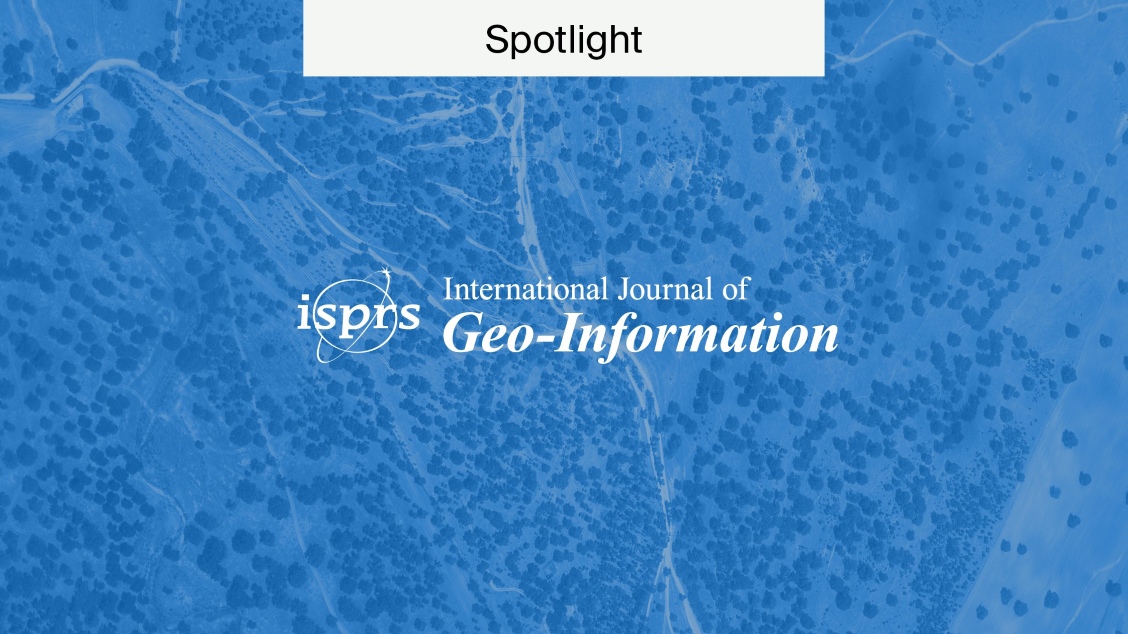
Insights from MDPI Top 5 Picks: February
February saw a diverse range of articles make it onto the top 5 most-read list. One author presents a method of body estimation that challenges existing ideas about the extinct fish Dunkleosteus. Another proposes evaluating urban resilience to develop improved urban regeneration plans. This will be instrumental for urban areas to adapt and respond to climate change and natural disasters. We outline and look at the impact of these studies below.
Blood-Transfusion Risk Factors after Intramedullary Nailing for Extracapsular Femoral Neck Fracture in Elderly Patients
In traumatology, extracapsular femoral neck fractures (eFNFs) are the third most common type of fracture treated. One of the most common treatments for eFNFs is intramedullary nailing (IMN). A frequent outcome of this, however, is blood loss, resulting in many patients requiring blood transfusions.
The authors of the current study aimed to identify the risk factors for IMN that result in blood loss. They considered many factors, such as age, gender, hemoglobin (Hb) levels, BMI, length of surgery, etc. It was found that lower levels of Hb pre-operation and a longer duration of surgery were risk factors for requiring a blood transfusion. They suggest following up with patients closely during the peri-operative period.
A Devonian Fish Tale: A New Method of Body Length Estimation Suggests Much Smaller Sizes for Dunkleosteus terrelli (Placodermi: Arthrodira)
“The 360-million-year-old placoderm fish Dunkleosteus is one of the most famous extinct animals, yet little is known about it because only its head and torso armor preserve in the fossil record.
This study estimates the body size of Dunkleosteus using head dimensions, which strongly correlate with body length in both living fishes and Dunkleosteus’ smaller, complete relatives, and finds Dunkleosteus was likely much smaller than previously thought (3.4–4.1 m rather than 5–10 m). These estimates also result in Dunkleosteus having a shorter, more tuna-like body plan, as predicted by previous studies.
These results suggest vertebrates did not reach the size of modern marine megafauna (large sharks and whales) until 30 million years later than previously thought. The tuna-like body shape also suggests placoderms, long characterized as slow, sluggish evolutionary dead-ends, were more active animals and exhibited wider ranges of body shapes and ecological habits than previously thought.”
- Statement from author Russell Engelman
Does Lactate-Guided Threshold Interval Training within a High-Volume Low-Intensity Approach Represent the “Next Step” in the Evolution of Distance Running Training?
This study examines a recent trend in the training regimes of elite middle- and long-distance runners. A new model, lactate-guided threshold interval training (LGTIT), has come to the fore in recent running research. It involves measuring blood lactate concentration as the main parameter and comparing it with the ideal range.
Ensuring that the blood lactate concentration is in the appropriate range means that runners can better identify when they’re becoming exhausted. This allows for maximum and rapid recovery, reducing fatigue between sessions. This adds up to lower-intensity workouts, but allows a greater number of them to be done each week. As a result, this could increase runners’ max speeds. It is hypothesized that this training method could maximize the number of motor units in muscles.
Developing and Applying an Urban Resilience Index for the Evaluation of Declining Areas: A Case Study of South Korea’s Urban Regeneration Sites
With more and more areas being affected by climate change and related disasters, it’s important to ensure that all regions are well-equipped to deal with the outcomes of these. To this end, this study proposes measuring urban resilience to inform future urban regeneration projects.
Based on the data obtained from previous research, the authors create 12 indicators to assess this parameter. They applied them to three urban areas in Korea – Daegu, Mokpo, and Seosan. The urban resilience of each was measured before and after the implementation of an urban regeneration plan. It was found that this measure improved for all regions. Based on these results, the authors suggest that urban resilience should be considered in future urban regeneration plans.
The Chemistry of Phenylimidotechnetium(V) Complexes with Isocyanides: Steric and Electronic Factors
Radiopharmaceuticals are used to diagnose a range of medical issues and diseases. Technetium-99m (99mTc) is a synthetic radioisotope used for such applications. But, research on the organometallic chemistry of this product is lacking. Thus, the authors of this study introduce new phenylimido complexes of technetium(V) with different isocyanides. They also outline their reactivity patterns and products.
These complexes were synthesized using ligand-exchange procedures. And, they were studied using single-crystal X-ray diffraction and spectroscopic methods. They were able to predict their reactivity towards various metal centers through density-functional theory calculations.
If you want to find out more about any of the studies mentioned in this article, you can read them for free on the MDPI website.










